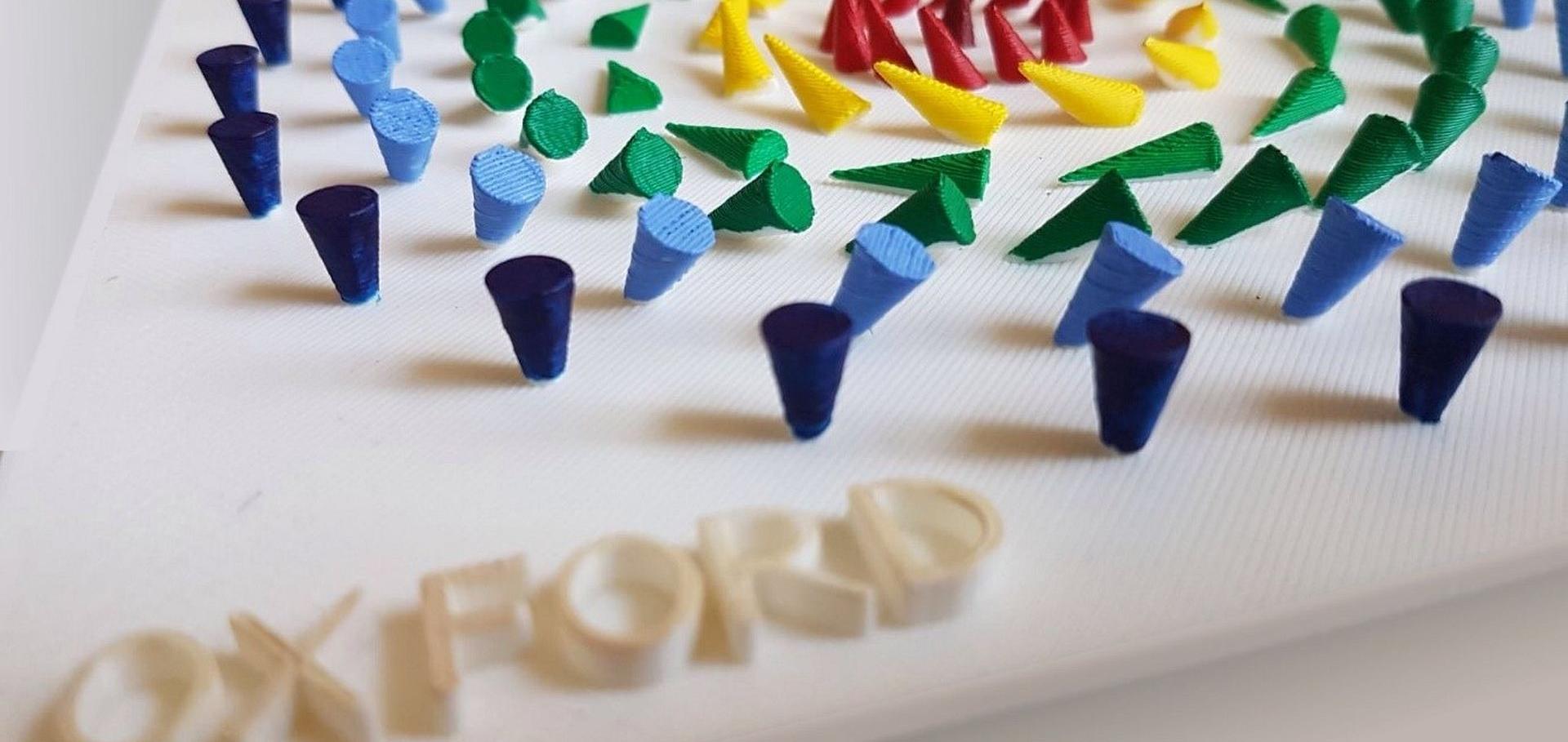Direct observation of the energy gain underpinning ferromagnetic superexchange in the electronic structure of CrGeTe$_3$
arxiv
Abstract:
We investigate the temperature-dependent electronic structure of the van der Waals ferromagnet, CrGeTe$_3$. Using angle-resolved photoemission spectroscopy, we identify atomic- and orbital-specific band shifts upon cooling through ${T_\mathrm{C}}$. From these, together with x-ray absorption spectroscopy and x-ray magnetic circular dichroism measurements, we identify the states created by a covalent bond between the Te ${5p}$ and the Cr ${e_g}$ orbitals as the primary driver of the ferromagnetic ordering in this system, while it is the Cr ${t_{2g}}$ states that carry the majority of the spin moment. The ${t_{2g}}$ states furthermore exhibit a marked bandwidth increase and a remarkable lifetime enhancement upon entering the ordered phase, pointing to a delicate interplay between localized and itinerant states in this family of layered ferromagnets.Field and temperature dependence of the skyrmion lattice phase in chiral magnet membranes
Physical review B: Condensed matter and materials physics American Physical Society
Abstract:
Magnetic skyrmions are nanosized magnetization whirls that exhibit topological robustness and nontrivial magnetoelectrical properties, such as emergent electromagnetism and intriguing spin dynamics in the microwave-frequency region. In chiral magnets, skyrmions are usually found at a pocket in the phase diagram in the vicinity of the ordering temperature, wherein they order in the form of a hexagonal skyrmion lattice (SkL). It is generally believed that this equilibrium SkL phase is a uniform, long-range-ordered magnetic structure with a well-defined lattice constant. Here, using high-resolution small angle resonant elastic x-ray scattering, we study the field- and temperature-dependence of the skyrmion lattice in FeGe and membranes. Indeed, shows the expected rigid skyrmion lattice, known from bulk samples, that is unaffected by tuning field and temperature within the phase pocket. In stark contrast, the lattice constant and skyrmion size in FeGe membranes undergo a continuous evolution within the skyrmion phase pocket, whereby the lattice constant changes by up to 15% and the magnetic scattering intensity varies significantly. Using micromagnetic modeling, it is found that for FeGe the competing energy terms contributing to the formation of the skyrmion lattice fully explain this breathing behavior. In contrast, for this stabilizing energy balance is less affected by the smaller field variation across the skyrmion pocket, leading to the observed rigid lattice structure.Magnetic skyrmion interactions in the micromagnetic framework
arxiv
Abstract:
Magnetic skyrmions are localized swirls of magnetization with a non-trivial topological winding number. This winding increases their robustness to superparamagnetism and gives rise to a myriad of novel dynamical properties, making them attractive as next-generation information carriers. Recently the equation of motion for a skyrmion was derived using the approach pioneered by Thiele, allowing for macroscopic skyrmion systems to be modeled efficiently. This powerful technique suffers from the prerequisite that one must have a priori knowledge of the functional form of the interaction between a skyrmion and all other magnetic structures in its environment. Here we attempt to alleviate this problem by providing a simple analytic expression which can generate arbitrary repulsive interaction potentials from the micromagnetic Hamiltonian. We also discuss a toy model of the radial profile of a skyrmion which is accurate for a wide range of material parameters.Magnetization dynamics in ordered spin structures revealed by diffractive and reflectometry ferromagnetic resonance
AIP Advances AIP Publishing
Abstract:
Synchrotron radiation based techniques provide unique insight into both the element and time resolved magnetization behavior in magnetic spin systems. Here, we highlight the power of two recent developments, utilizing x-ray scattering techniques to reveal the precessional magnetization dynamics of ordered spin structures in the GHz regime, both in diffraction and reflection configurations. Our newly developed diffraction and reflectometry ferromagnetic resonance (DFMR and RFMR) techniques provide novel ways to explore the dynamics of modern magnetic materials, thereby opening up new pathways for the development of spintronic devices. In this paper we provide an overview of these techniques, and discuss the new understanding they provide into in the magnetization dynamics in the chiral magnetic structure in Y-type hexaferrite and the depth dependence to the magnetization dynamics in a [CoFeB/MgO/Ta]4 multilayer.Proximity-induced odd-frequency superconductivity in a topological insulator
arxiv


